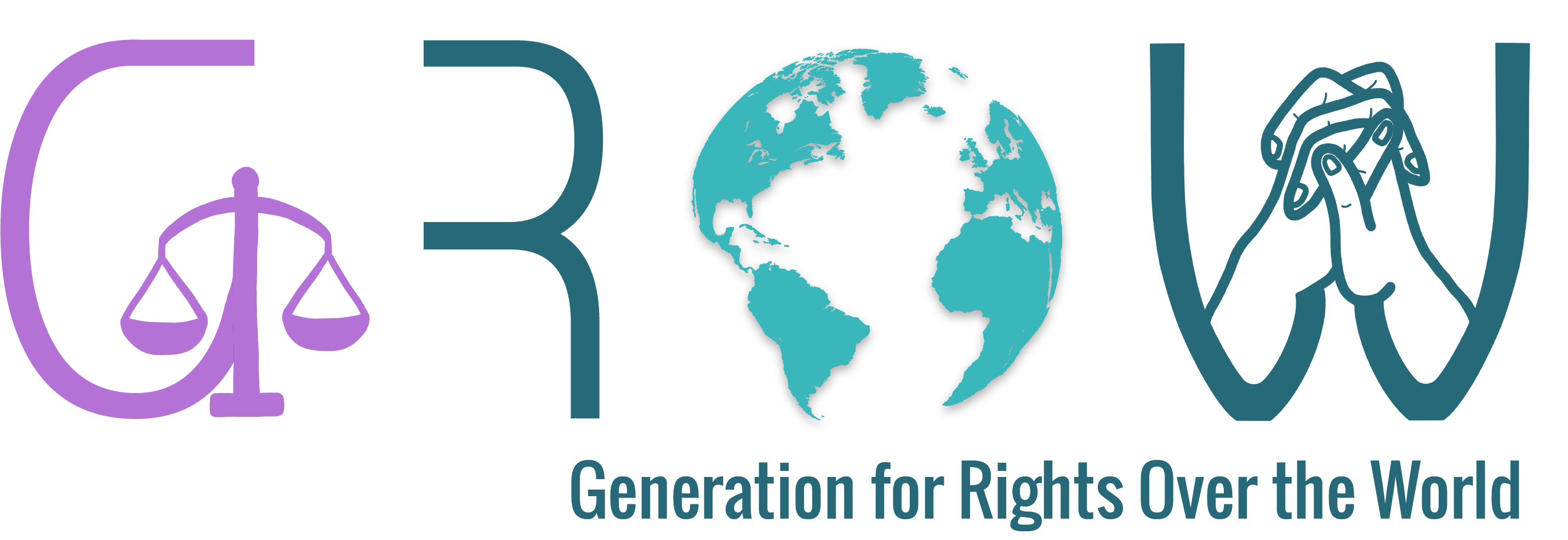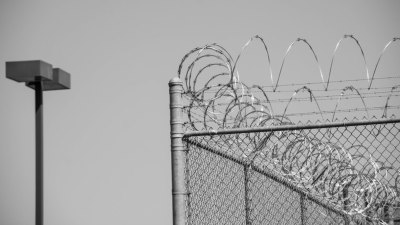On June 28th, 1969, a police raid occurred in a popular gay bar called the Stonewall Inn. This bar, much like most of the establishments which openly offered services to the LGBTQ+ community, was run by the Mafia. Indeed, Stonewall Inn was owned by the Genovese family, a well-known criminal entity. In the 60s, police raids on LGBTQ+ bars were common. The police arrested women who wore fewer than three pieces of women’s clothing, drag queens in full drag, patrons who did not possess identification and the staff of the raided bar. The procedure was usually the same for every raid. The customers were lined up for identification checks, and female police officers proceeded to the gender verification of people wearing a feminine attire. Then, the police proceeded with the arrests and the closing of the bar. However, on the 28th of June 1969, the bar was full of customers. The police operation quickly descended into chaos, with people trying to escape and refusing to cooperate with the authorities.
It was decided by the police to get all the patrons they suspected of cross-dressing to the police station, and let the rest of the customers leave. However, that night was different because instead of immediately leaving upon being released by the police, customers stayed outside the bar, quickly amassing a crowd of angry and wronged people. They booed the police, threw coins and beer bottles at them, and when a fight between a woman and some officers erupted, the crowd exploded. The police barricaded themselves inside the bar while people were hurling bricks and projectiles towards them. The bar was then set on fire by the protesters.
At this point, because the police had lost total control of the crowd, the Tactical Forces were called upon to arrest as many people as possible and disperse the protest. Martha P. Johnson, who we know as one of the most emblematic figures of the movement, led the charges against the police. At the end of the night, the protesters chased the outnumbered police agents away.
The second night of protest was more crowded. Due to the media coverage in the papers, Stonewall attracted people from all over the city. Fights with the police continued well into the night as well. The following days saw a struggle for the protesters to take control of Christopher Street, on which the Stonewall Inn is located. After this, activism through organizations started to take form, with meetings and associations such as the Gay Liberation Front being created. The next year, to commemorate the Stonewall riot, the first ever pride march was organized on Christopher Street in New York City, but also in Chicago and Los Angeles. There were little to no incidents. Year by year, more cities started to organize pride marches as well.
Thus, the stonewall riot launched a widespread movement for LGBTQ+ liberation. This event is a massive cornerstone of the LGBTQ+ history. The main activists of these protests were trans women of colour, lesbians and the homeless LGBTQ+ youth who had come to view the Stonewall Inn as their refuge. While the Stonewall riots happened fifty-three years ago already, the fight for LGBTQ+ rights around the world is still ongoing. Prejudice and violence against members of the community are still a common occurrence, and are backed by state organizations in a lot of countries.
Indeed, there is still a long way to go for the LGBTQ+ community, as their very existence is punishable by the death penalty or prison in some states. Besides, even when their rights are legally ensured, LGBTQ+ people still face discrimination, violence and prejudice. Indeed, the community faces more insidious discrimination in countries where their rights are protected by law. In 2019, a French trans woman named Julia was harassed by a mob and brutalized, simply because she was transgender. In the US, a baker refused to serve same sex-couples and transgender individuals. In Switzerland, the suicide rate for LGBTQ+ youth is 2 to 5 times higher than that of cis heterosexual youth. Young people are therefore especially at risk of vulnerability. Hence, more policies to protect them must be put in place to lower this statistic.
However, much remains to be done. Recently, the outbreak of a disease named the MonkeyPox darkly reminds us of the way the AIDS epidemic was treated. Indeed, despite forty years in between the apparition of these two diseases, it seems like governmental agencies and authorities have yet to learn their lesson. The World Health Organization declared the MonkeyPox a public health emergency of international concern (PHEIC) on July 23, 2022. States have a legal obligation to act upon PHEICs in a prompt and effective manner. However, the media coverage and public actions regarding the outbreak of this disease have been less than subpar. In fact, MonkeyPox is treated as a ‘gay disease’, and the misconception that it only affects men who have sex with men has quickly spread to the masses. However, that is not the case, and should MonkeyPox follow in the AIDS epidemic footsteps, it will quickly spread to everyone regardless of their sexuality.
AIDS (Acquired Immunodeficiency Syndrome) is acquired by contamination with HIV (Human immunodeficiency virus). This translates to the immune system being too weak to defend itself against various diseases. It is spread through blood and sexual contact. It was initially treated as a disease only targeting gay men, and therefore ignored by public health policies. However, it quickly spread to the whole population and became a true epidemic. On the other hand, MonkeyPox is a disease related to smallpox that spreads through airways, skin contact and close contact with an infected person. Many testimonies of gay men infected by the diseases have surfaced in the past weeks, all explaining how badly they were advised and the lack of resources the hospitals were faced with.
We cannot allow the MonkeyPox to have the same policy of treatment as AIDS, and be labelled as nothing but a “gay disease”. This very pipeline is one of the reasons why AIDS is still ongoing worldwide. We must look back on the past and learn from it, and it must also be a source of strength. Because the path ahead for LGBTQ+ total freedom and safety is still long, events like the Stonewall riots may be a source of inspiration to continue the fight.
Photo by Marlena Sloss via The Washington Post, Getty Image, 2022







